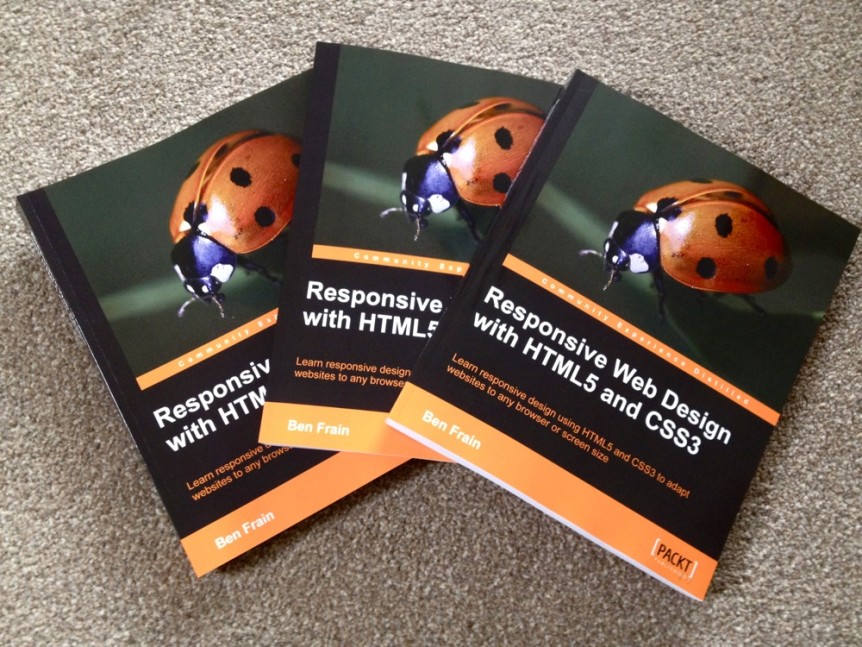URLS should be designed in the early stages of website development as users must be able to read, guess and edit them, and it helps designers to define site structure.
This principle advocates that URLs should be designed before creating the sitemap, wireframe, or code for any given website. This is because URLs are the ‘one universal syntax’ of the web (Kyle Neath, 2010), and remain the same across any browser. People often attempt to remember URLs, and type them straight into the top of a browser. Therefore users should be able to read, guess and edit URLs. An example of a ‘readable’ URL is: http://www.cyber-duck.co.uk/user-experience
URL-first design is an exercise which helps designers to explore potential ways to organise the information which is to be contained on the website. Therefore, it ensures the site structure is defined with the content in mind, and duplication is avoided. This is better than letting the site structure define the URLs towards the end of the design process. This idea adheres to the ‘Don’t Repeat Yourself’ (DRY) principle, which states that ‘every piece of knowledge must have a single, unambiguous, authoritative representation within a system’.
URLs should be:
• As simple as possible e.g. avoiding mixed-case, using hyphen (-) between words where appropriate and removing scripts such as .html, .php & .aspx.
• Understandable, as people attempt to ‘read’ them, and will use them to determine how useful the page is to them.
• Linking to permanent, unique resources on the website.

